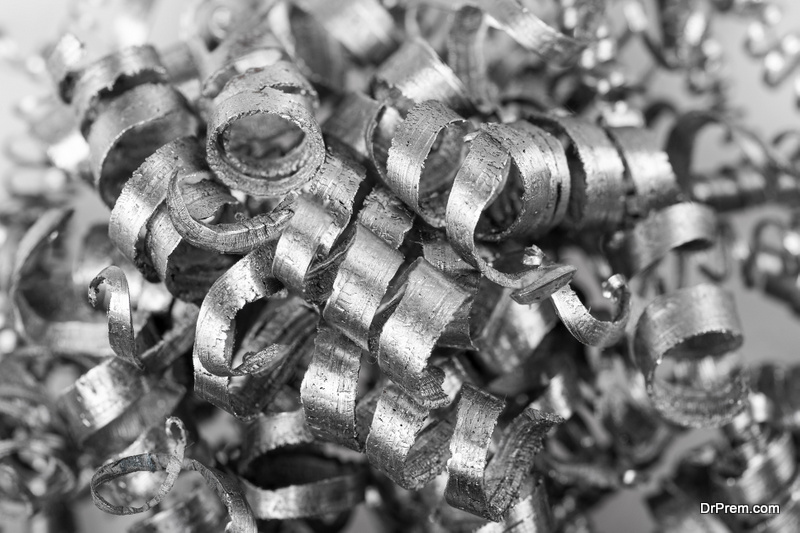In principle, metal should be the easiest of all materials to recycle. It’s generally easy to sort and clean, and regularly repurposed. In fact, 40% of global steel production comes from recycled steel. Compared to many other materials, it’s also easier for laypeople to reuse metal items for art, household projects, and so much more. Unfortunately, the good news of metal recycling ends there.
Like other recycling programs, metal recycling is at risk due to several reasons. In particular, contamination of the recycling stream means that the end product can’t be sold, making the entire process financially untenable. And what’s worse, changing geopolitical conditions mean that countries can’t sell their recyclables abroad. What was once a flourishing economic exchange with environmental benefits seems to be coming to an end, raising questions about where our scrap metal will go now.
Scrap Metal Swap
One of the most common ways of dealing with scrap metal is simply to sell it. Separated from the rest of the recycling stream and pre-sorted by those hoping to cash in, scrap metal sales can be quite profitable, and remove everything from steel and copper to lead batteries and major consumer appliances from the waste stream. As other ways of recycling metal fall by the wayside, leveraging the financial advantages of traditional scrap metal sales could help maintain the momentum behind some local recycling program.
Scrap As Economic Booster
When the United States first started shipping its recyclables to China, the arrangement benefitted both sides because the U.S. lacked the facilities and financial motivation to process its recyclables, while China had plenty of cheap labor and manufacturing facilities that could use the end products. Unfortunately for the United States, as China has gained economic power and increased in-country consumption, China no longer needs or wants to import American recyclables. But there are potential benefits to shift on the American side of the equation.
In particular, since China announced restrictions on scrap and recyclable imports, there’ve been $1 billion in paper processing facility investments announced within the U.S., as well as Chinese investments in plastic and metal recycling in a number of states, including Georgia and Indiana. Additionally, many of the states that are likely to be severely impacted by new tariffs under the Trump administration could make up economic losses by investing in scrap recycling.
Avoiding The Trash
 Ultimately, despite the desire to behave in an environmentally friendly fashion, without the option to send recycling abroad and without sufficient facilities at home, many recyclables are ending up in the trash, or even incinerated. The fact is that, even when towns have the option to choose between recycling and incineration, cost needs to be a key consideration.
Ultimately, despite the desire to behave in an environmentally friendly fashion, without the option to send recycling abroad and without sufficient facilities at home, many recyclables are ending up in the trash, or even incinerated. The fact is that, even when towns have the option to choose between recycling and incineration, cost needs to be a key consideration.
In Franklin, New Hampshire, for example, the city used to be able to sell recycling for $6 a ton because it was being exported. With the end of that program, the city now has the option to sell recycling for $125 a ton or incinerate it for $68 a ton. In a town where a fifth of residents are below the poverty line, it’s not much of a choice.
Even with new investments, it will likely take years before it’s possible to run recycling operations at the scale enabled by exporting recyclables. What’s important right now, though, is that individuals and cities divert whatever they can. At a time when the environment is already on a crash course headed for disaster, we can’t afford to keep piling up waste when we could be recycling.
Article Submitted By Community Writer




